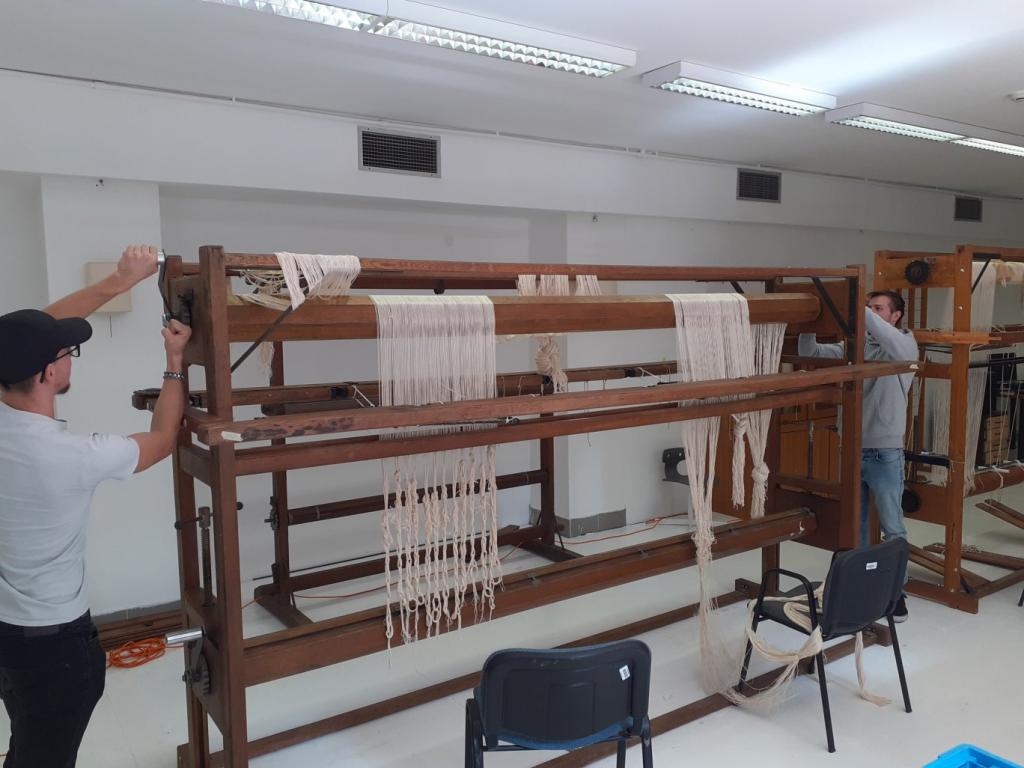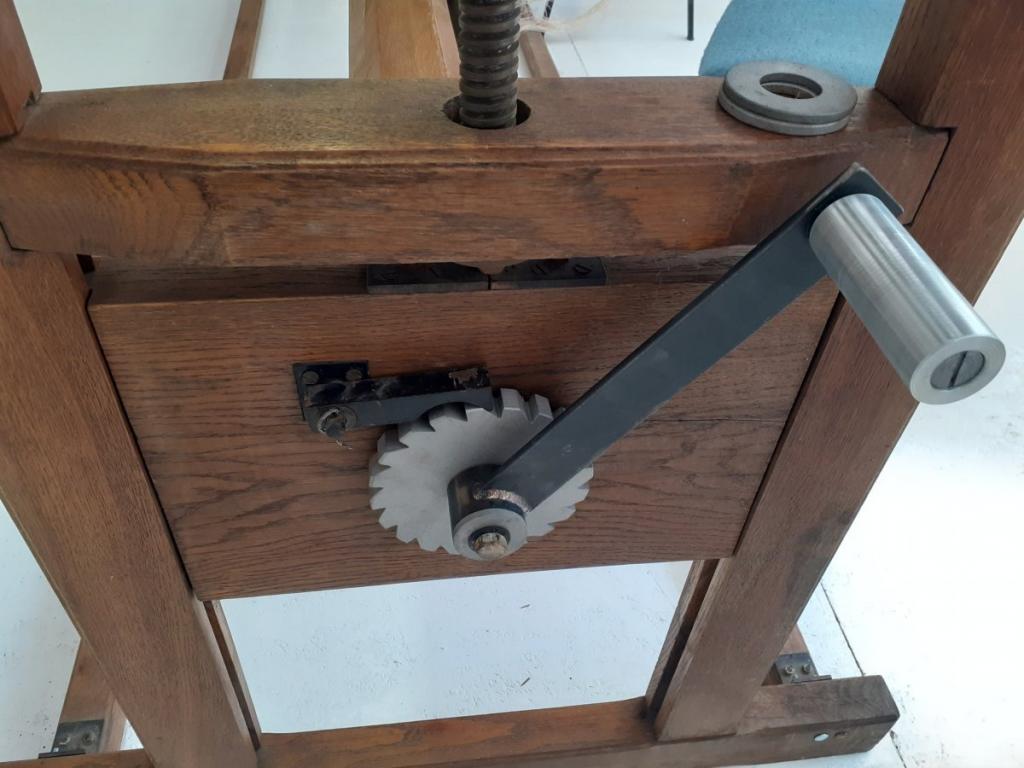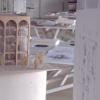Century-old looms brought to life by mechanical engineering students from Pécs
2023
Jan
13
Mechanical engineering students studying at the Faculty of Engineering and Information Technology of the University of Pécs (PTE MIK) designed and made missing parts of more than a hundred-year-old looms from structural steel.The request came from the university's Faculty of Music and Visual Arts lecturer, textile designer Dr. Lívia Pápai, because they could not use the incomplete and therefore inoperable tools they had received as a gift. In order to use the looms for educational purposes, the mechanical engineering students had to learn how the machines worked, design parts they had never seen before and manufacture them to suit the needs. The result of this complex engineering work was functioning tools that were as old as Methuselah.

Several parts of the old looms were missing, and these can no longer be bought or found elsewhere. The only way to get the tools working again was to make the parts from metal. "The challenge in this work was to first understand how these devices work. There are different designs for different looms - the art faculty lecturers and students helped identify the mechanisms of the machines, while the mechanical engineering students gained information by studying the working looms. Based on this information, they developed the shape and function of the missing parts," says Gyula Vasvári, acting head of the Department of Mechanical Engineering at the MIK PTE. The students designed door handle wheels, custom-sized bolts, latches or pivots, sometimes without any prior information.
"When designing the components, they had to take into account the stresses and strains, the function of the component, what it moves, what kind of load it is subjected to, wear and tear, etc. For example, they had to take into account the tensile strength of the yarn, the effect of the many fibres on the shaft - properties that basically determine the material from which the accessories are made.
They used a 3D printer in the design, first printing the designed parts in plastic to make it easier to modify them, and then moulding the final parts in metal." - Said Gyula Vasvári

The machining required turning, milling and welding, all of which were taught in the mechanical engineering course, and one of the irregularly shaped parts was laser-cut by one of the faculty's industrial partners. The process was not unfamiliar to the students, as they also study maintenance and operation in the mechanical engineering course, which includes refurbishment technology.
The design and production of the components also brought new insights to the students and teachers involved. "It was interesting to find out that what is a 'knob' for artists is a bolt or a crank for engineers. In everyday practice, it is also important to master the thinking and communication of the customer, as they approach the problem from the application side and the engineers from the production side. But we have to understand each other, because that's how we can get results," says the acting head of department. The assignment was also useful for the future engineers because it gave them the opportunity to get to know a special tool that they don't see in companies operating today. Studying century-old mechanics and learning the thinking processes of the masters of the time develops an understanding of context and creativity, which engineers of all ages need and will continue to need.
- Log in to post comments
University of Pécs | Chancellery | IT Directorate | Portal group - 2020.






















